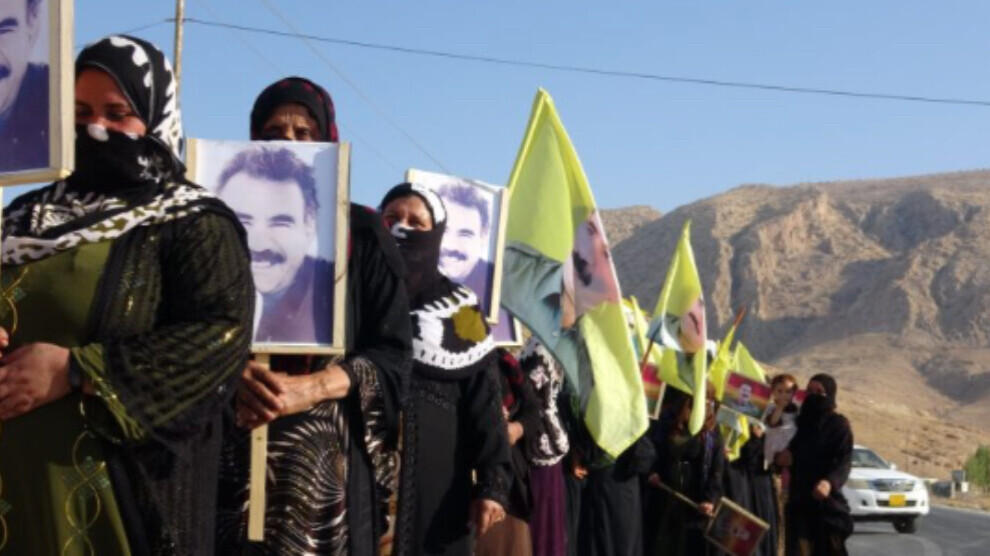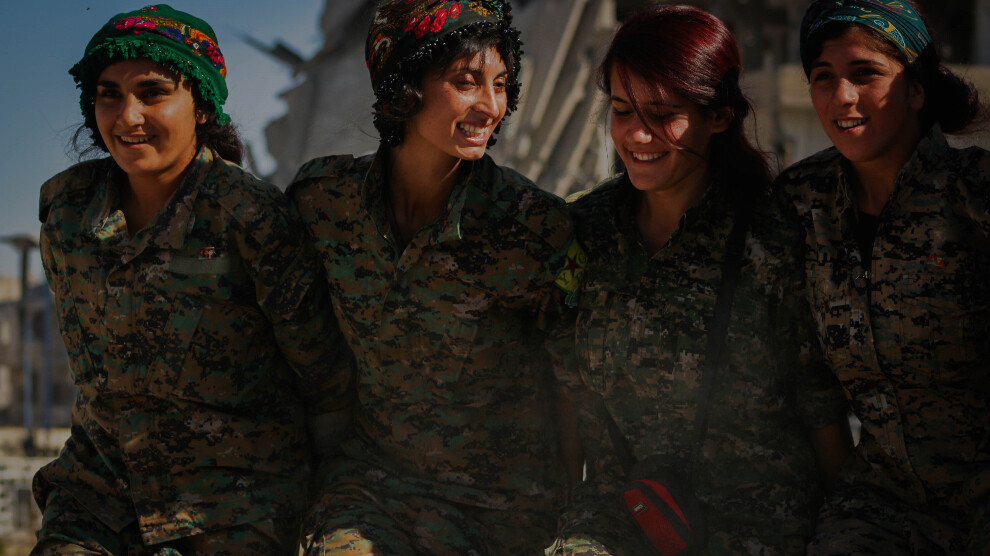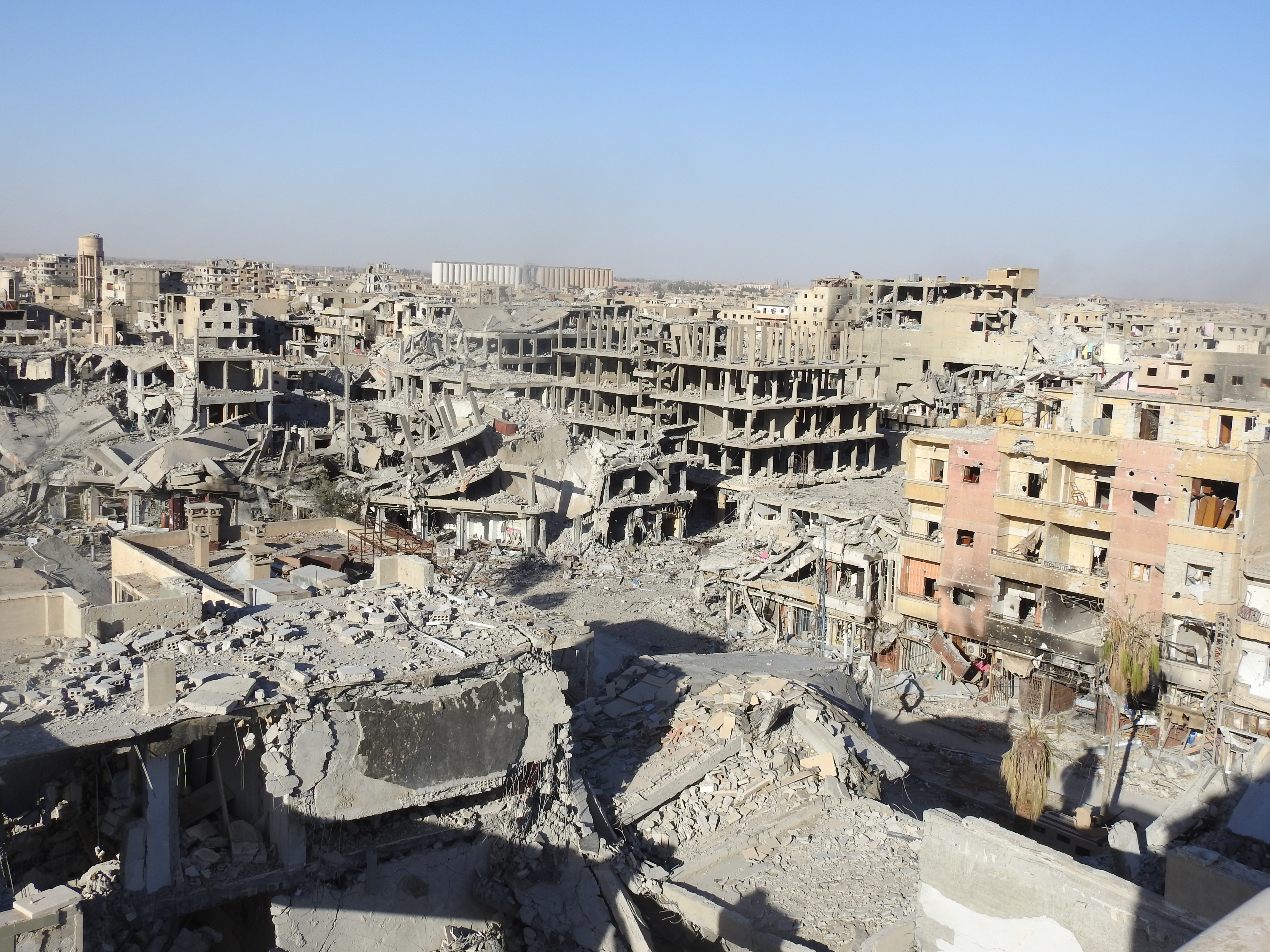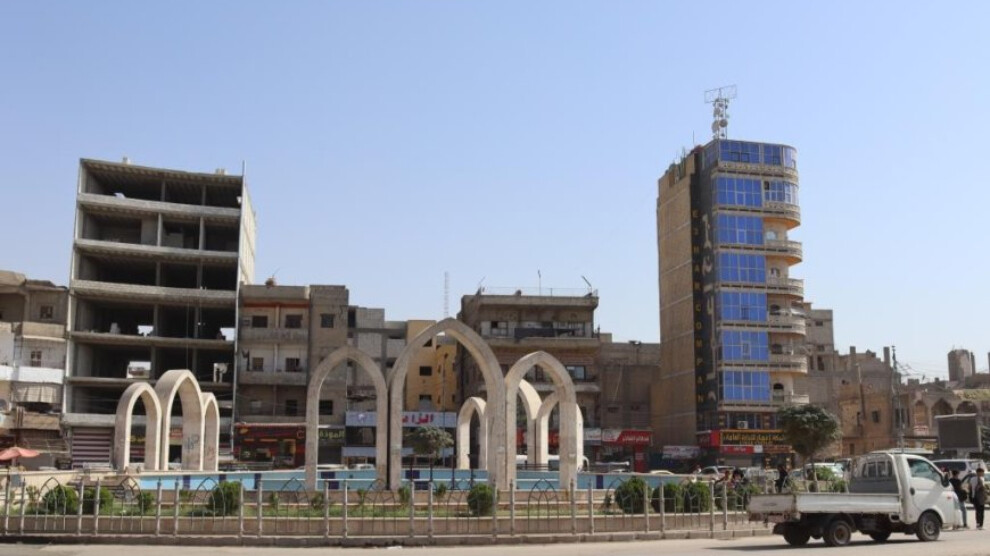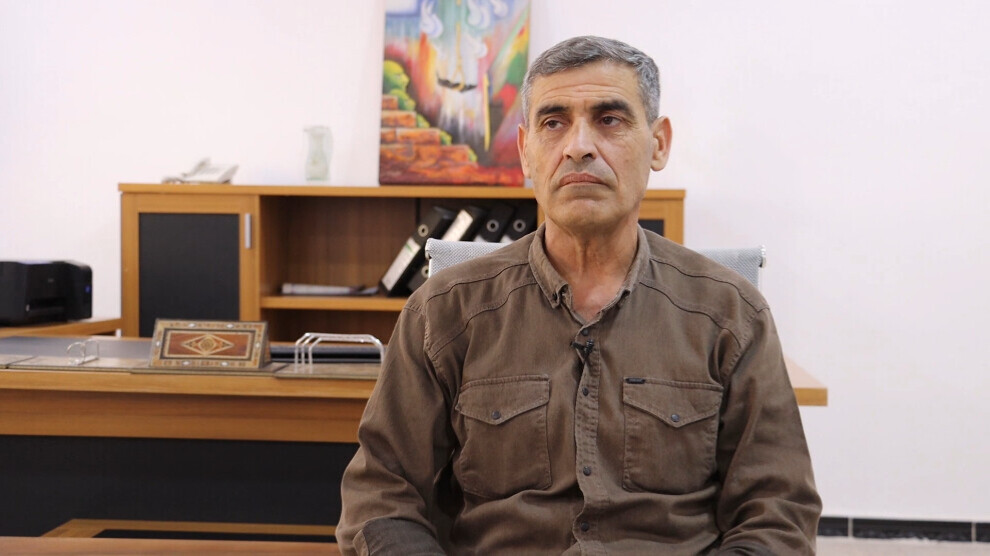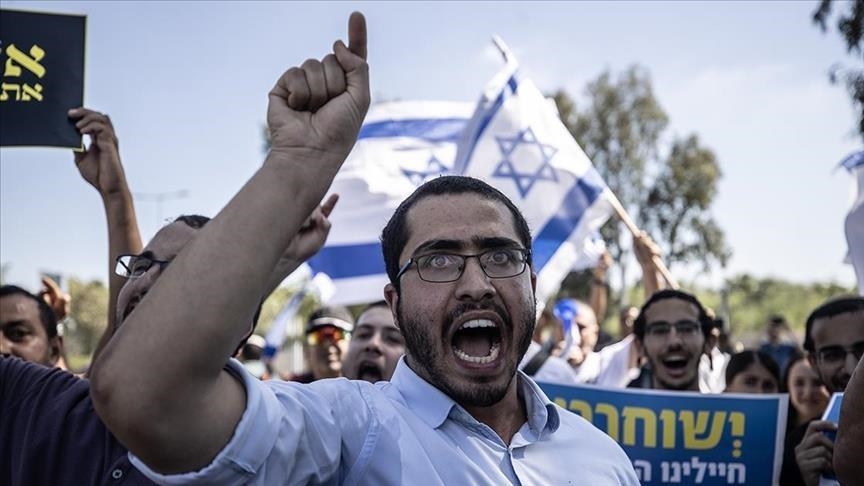This story was originally published by Barn Raiser, your independent source for rural and small town news.
“No one wants to have oil in their water”— Natali Segovia, Water Protector Legal Collective
It’s about the water.
I’m returning to Mni Sose, the Missouri River, eight years after the saga of Standing Rock, when thousands of Water Protectors came to stop the Dakota Access Pipeline (DAPL) from crossing under the river. In August 2016, I went to the river, summoned by Ladonna Brave Buffalo, Debra White Plume and others, both in this world and who have passed. I came for the water, because being a Water Protector is about life. Try drinking oil.
The cases grind on. Prosecutors have charged more than 800 people with crimes during the 11 months between the establishment of the first encampment, Sacred Stone, in April 2016, and the eviction of Oceti Sakowin Camp in February 2017. Some have had their charges reduced or dismissed. Others have been jailed as felons. North Dakota is still seeking to get the U.S. government to pay for the $38 million the state expended on police forces.
In November 2023 in Bismarck, federal regulators held their first public hearing on the draft of the court-ordered Environmental Impact Statement (EIS), yet in May, the U.S. Army Corps of Engineers announced a final statement would not be ready until 2025. Just to say it again: the federally required EIS is still being reviewed seven years after the pipeline was installed under Lake Oahe and began operating. What’s more, the draft statement was developed by a company, Environmental Resources Management, which has ties to the petroleum industry. Meanwhile, DAPL continues to operate without the proper permits. That’s a bit backwards.
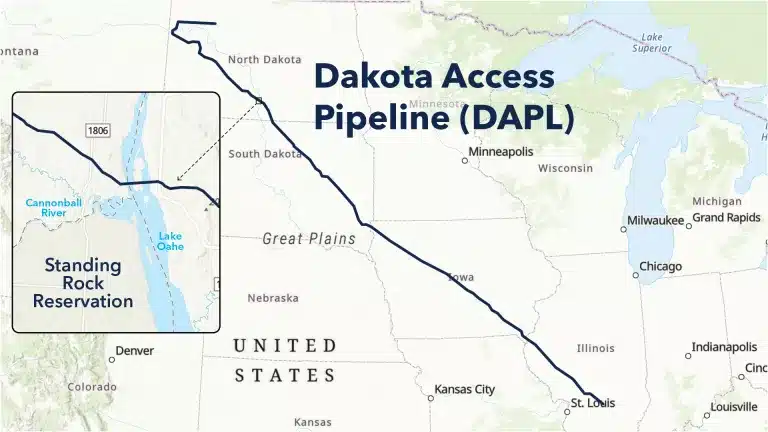
(Natural Resources Defense Council)
The legal system is not a fast one, and it’s backed up with all sorts of stuff, including the 500,000 pages of documents recently produced under seal—meaning they cannot be disclosed to the public—by Energy Transfer (ET), DAPL’s owner.
On August 28, Standing Rock Tribal Chairwoman Janet Alkire sent a letter calling on the Army Corps of Engineers to reopen public comment on the draft EIS, in light of a new document that came to light.
The story of how this document was uncovered is an interesting one. In 2017, ET filed a lawsuit against Greenpeace, the international environmental organization, for its participation in the opposition to the pipeline. ET is charging Greenpeace with a staggering $300 million in damages for “defamation” of the company.
How do you defame an oil pipeline company? You say mean things about them.
ET’s case against Greenpeace is part of a strategy known as a SLAPP suit, or strategic lawsuit against public participation, used by large corporations to censor, bully and push their critics toward bankruptcy with spiraling legal costs. But in a turn of events, Greenpeace is now trying new legal means to upend ET’s SLAPP suit, which could spell good things for nonprofits and activists whose dissent has been silenced by these suits.
As an international organization, Greenpeace is looking to use anti-SLAPP laws passed in April by the European Union that protect organizations based in the EU from SLAPP lawsuits outside the EU. In July, Greenpeace did just that, filing a countersuit against ET in a Dutch court to recover damages and costs related to the SLAPP suit, putting the legal theory to its first test. (In recent years, more than 30 states in the U.S. have adopted or amended anti-SLAPP laws.)
This spring the Water Protector Legal Collective raised the alarm on documents filed publicly as part of ET’s SLAPP lawsuit. One of them was a January 16 report, prepared for Greenpeace by an engineering firm, Exponent, that “determined there was a ‘relatively high’ probability that during [ET’s] drilling under the Missouri River at the Lake Oahe crossing, ‘1.4 million gallons of drilling fluids’ were lost in 700 events ending up in Lake Oahe.” That’s a lot of drilling fluid ending up in the Missouri River—water that recharges an aquifer providing drinking water to cities and towns along the river. Energy Transfer appears to have failed to report these spills to the federal agency that enforces pipeline construction
It’s going to be a problem for us all.
Now, what’s in drilling fluid? That’s the stuff that keeps the drill lubricated when it’s drilling deep under a river. The recipe is proprietary, but it is supposed to be basically bentonite, a clay-like substance.
The problem is that ET was already convicted of lacing drilling fluid with toxins. In 2022, Energy Transfer was federally debarred by the Environmental Protection Agency due to 48 criminal convictions in Pennsylvania for concealment and failure to report drilling fluid leaks and use of unapproved toxic additives resulting in water contamination at 21 sites during its construction of the Mariner East II, Rover and Revolution pipelines in 2017. The Federal Energy Regulatory Commission also sought a penalty from ET and its Rover Pipeline LLC of $40 million for releasing 2 million gallons of drilling fluid containing toxic diesel fuel under the Tuscarawas River in Ohio in 2017. And that’s only the beginning.
The other documents produced in ET’s lawsuit against Greenpeace remain under seal—which means that even despite their highly public litigation efforts, ET is still maintaining its practice of concealing potentially damaging information. But that could change. On September 17, the Water Protector Legal Collective, which filed a motion this summer to intervene as a non-party in the ongoing legal battle between Greenpeace and ET, asked a North Dakota judge to lift a protective order that has guarded ET’s confidential documents related to pipeline safety and desecration of cultural sites. In the coming weeks, the judge could compel release of evidence relating to the spills of drilling fluid during the construction and operation of DAPL, along with a deposition of ET’s CEO Kelcy Warren, who is a close ally of Donald Trump.
The question for North Dakota is: Should you trust oil companies?
There’s a problem that most folks can see. North Dakota has 18 major petroleum pipelines and 9 major natural gas pipelines, which amounts to nearly 30,000 miles of pipeline, enough pipe to cross the state 88 times. A carbon pipeline proposed by Summit Carbon Solutions would add 333 more miles.
Who checks on pipeline safety? That’s the Pipeline and Hazardous Materials Safety Administration (PHMSA), the federal agency in charge, matched with some state inspectors. In 2023, PHMSA was 40 short of the required 247 pipeline inspectors on the job. There are at least 2.6 million miles of pipeline in the United States, so those folks are stretched thin. PHMSA has not yet written regulations for hydrogen and carbon dioxide pipelines, but there are hundreds of miles under construction or installed already. What kind of smart guys allow projects to proceed without any safeguards or regulations?
Then there are the state inspectors, or lack thereof. In North Dakota, online advertisements both offer services and seek more pipeline inspectors. One ad: “Looking for a fast pipeline inspection in North Dakota? FairLifts can help arrange a timely pipeline inspection and other helicopter services for you…”
Another issue: Who gets to ask oil companies about their pipelines? In one hearing, ET argued that it was not required to report loss of drilling fluids or other accidents to PHMSA while a pipeline is under construction. That’s a convenient argument—except it’s incorrect.
The lack of public knowledge about pipeline leaks, spills and other cases of groundwater degradation only incentivizes energy companies to criminally hide their messes. Part of that is a result of the state changing the designations of spill reporting. In 2019, the Associated Press reported that North Dakota’s Health Department logged more than 8,000 “reported releases” over the span of five years but did not make public updates on the severity of those spills or their cleanup status.
In 2014, 29 million gallons of oil-contaminated “produced water”—a waste product of hydraulic fracturing—was released into the environment by Summit Midstream Partners (no relation to Summit Carbon Solutions mentioned above). And in 2021, the U.S. Department of Justice fined the company $l5 million. As the DOJ reported, more than 700,000 barrels were discharged thereby contaminating Blacktail Creek and nearby land and groundwater, including 30 miles of tributaries of the Missouri River. The spill continued for five months before it was contained and reported as required by the Clean Water Act. By law, the federal fines in this case will go to the Oil Spill Liability Trust Fund used to respond and clean up future oil spills.
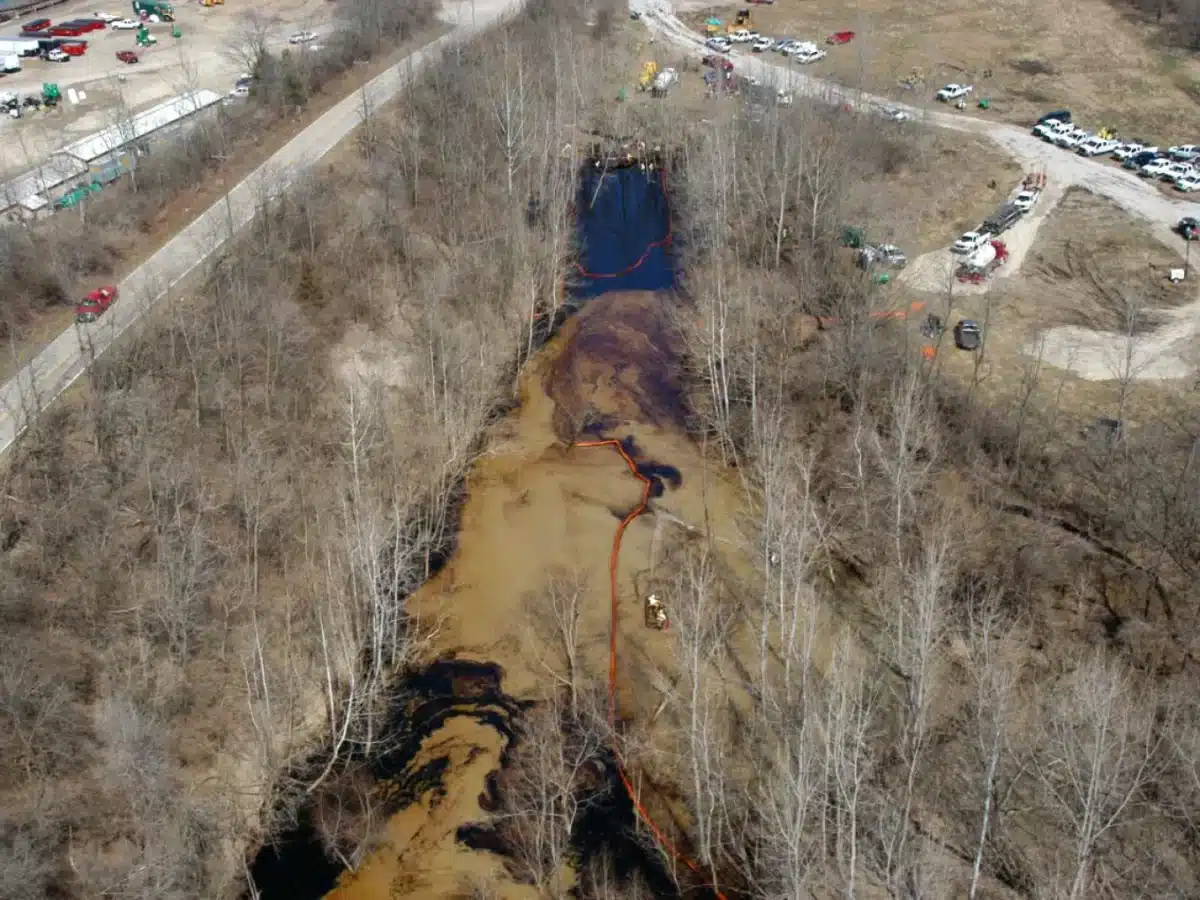
In March 2014, the Mid-Valley Pipeline, owned by Energy Transfer Partners, spilled 21,000 gallons of crude into the environment, including Ohio’s Oak Glen Nature Preserve. (U.S. Environmental Protection Agency)
“Summit gave misleading and incomplete statements to the government about the duration and size of the spill,” said Assistant Attorney General Todd Kim of the DOJ’s Environment and Natural Resources Division, after Summit pleaded guilty in 2021. “Through the civil and criminal cases, Summit is being held responsible for its misconduct and must implement more rigorous environmental management to prevent and detect future spills as a condition of probation.” That’s just one company.
There’s definitely a disconnect in North Dakota regulations. Fundamentally, the question, asked by Natali Segovia, executive director of the Water Protector Legal Collective, remains for us all:
“Who is looking out for the health of the river, the fish and the 12 million people who live from Missouri River Water, including, 891 irrigation federal, state and tribal intakes from the Missouri? We cannot sit idly by and watch environmental regulations be rendered meaningless. They must count for something.”
It’s eight years after the Dakota Access Pipeline resistance at the river. The Standing Rock tribe is still seeking to close down the pipeline, the Environmental Impact Statement is in draft form and oil still runs North Dakota.
We might need more Water Protectors. You can’t drink oil.
Teaser image credit: In March 2014, the Mid-Valley Pipeline, owned by Energy Transfer Partners, spilled 21,000 gallons of crude into the environment, including Ohio’s Oak Glen Nature Preserve. (U.S. Environmental Protection Agency)
